New York City Mayor Eric Adams finds himself at the center of a controversy as allegations surface suggesting that he may have manipulated an image to make it appear much older than it actually was.
The photo in question is a wallet-sized picture of Officer Robert Venable, a friend of the mayor who lost his life in the line of duty back in 1987. The controversy raises questions about Adams' credibility and his tendency to tell stories that are difficult to verify.
According to the New York Times, just days after Adams mentioned the photo during a news conference, he reportedly instructed his staff to recreate a weathered and aged appearance for the image.
An aide supposedly found a photo of Officer Venable on Google, printed it in black and white, and intentionally spilled coffee on it to give it an aged appearance. Adams later posed for a portrait with the photo for a New York Times article published in February 2022.
In response to the allegations, Adams' spokesman, Fabian Levy, acknowledged that the photo shown during the photoshoot was recently created but insisted that Adams had been carrying a photo of Venable for decades. Levy criticized the New York Times report, characterizing it as a "campaign to paint the mayor as a liar."
The controversy has raised concerns about Adams' credibility and exposed him to significant criticism.
This incident is not the first time Adams has faced scrutiny over the authenticity of his stories.
Since his mayoral campaign, Adams has been known to share anecdotes that are difficult to verify. While some argue that these stories are intended to connect with voters rather than mislead them, there are concerns about the potential implications when such tendencies of hyperbole intersect with policy matters.
Some of Adams' statements have raised eyebrows due to their lack of evidence or accuracy.
For instance, the mayor claimed that New York City schoolchildren were buying cannabis and fentanyl from corner bodegas at the start of their day, despite limited evidence supporting such a trend.
Similarly, Adams suggested that migrants were occupying nearly half of the city's hotel rooms, which was later clarified as referring to 40 percent occupancy in midsize hotels. Hotel industry leaders disputed the impact on tourism and highlighted significant unoccupied room capacity.

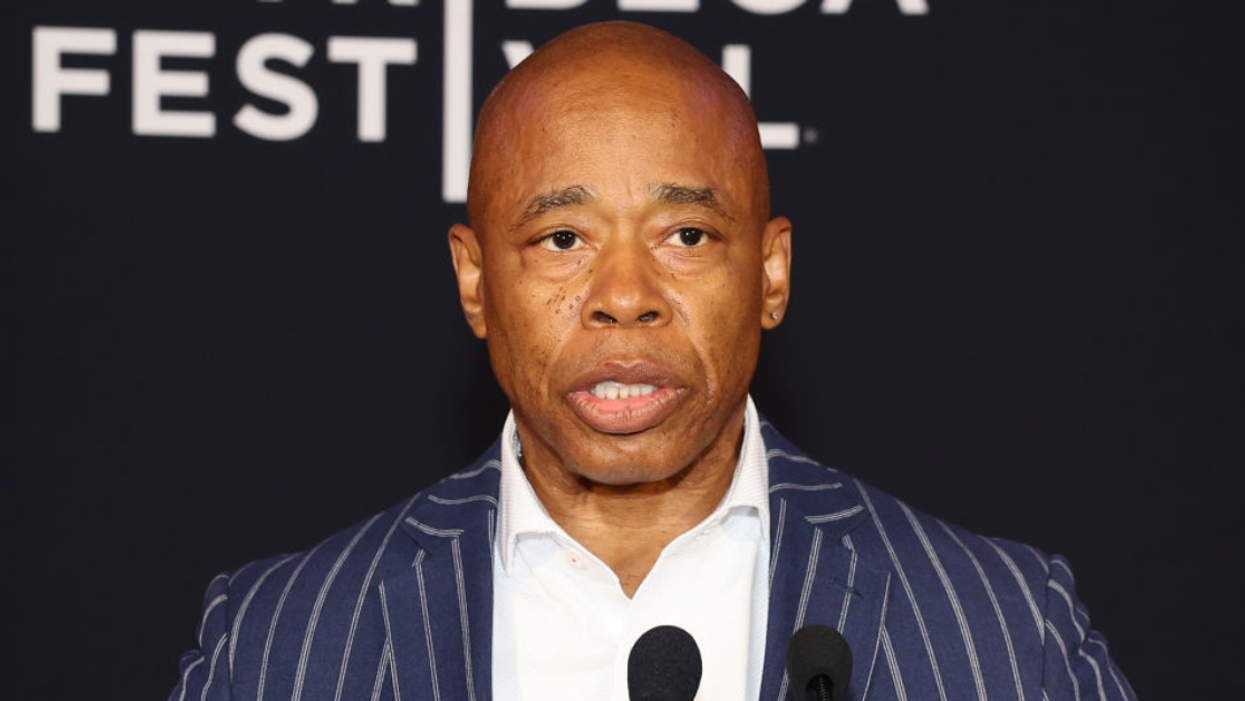

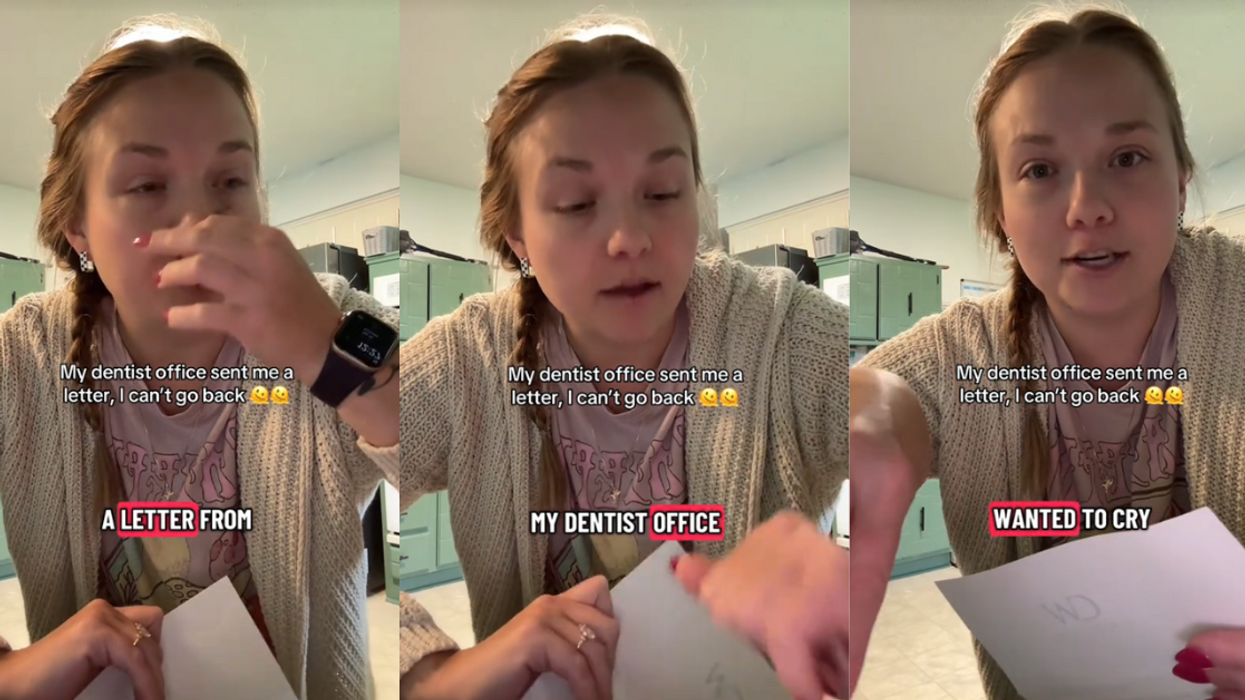
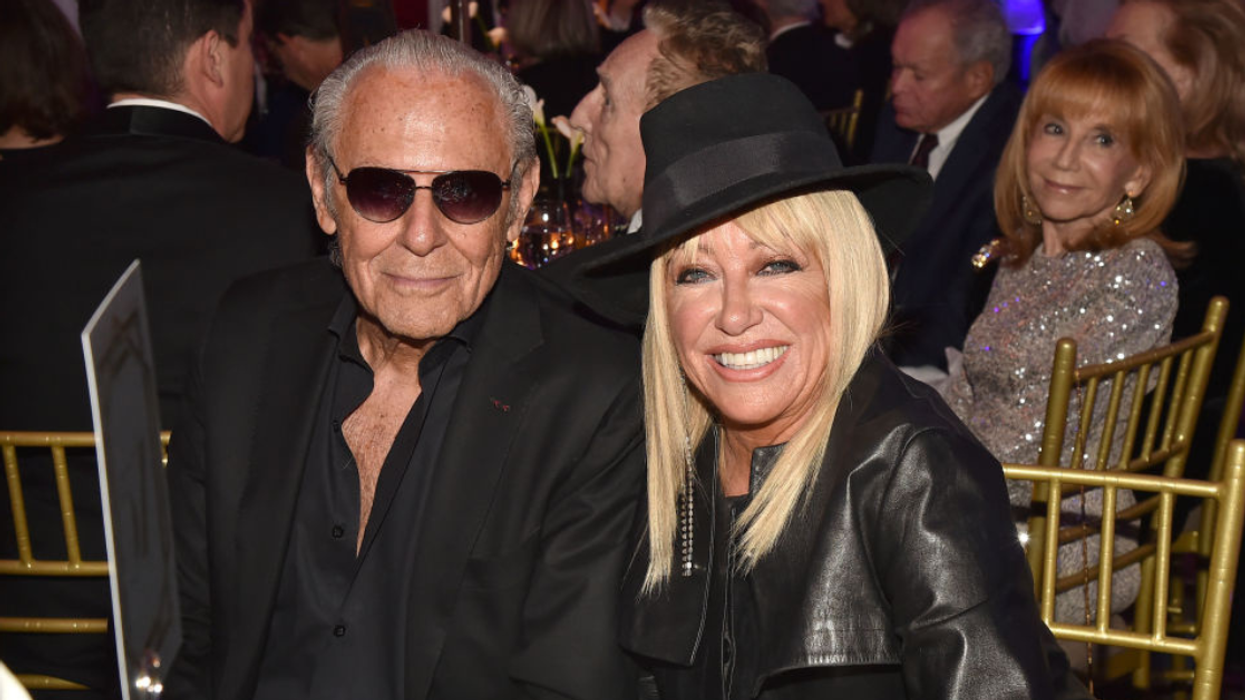
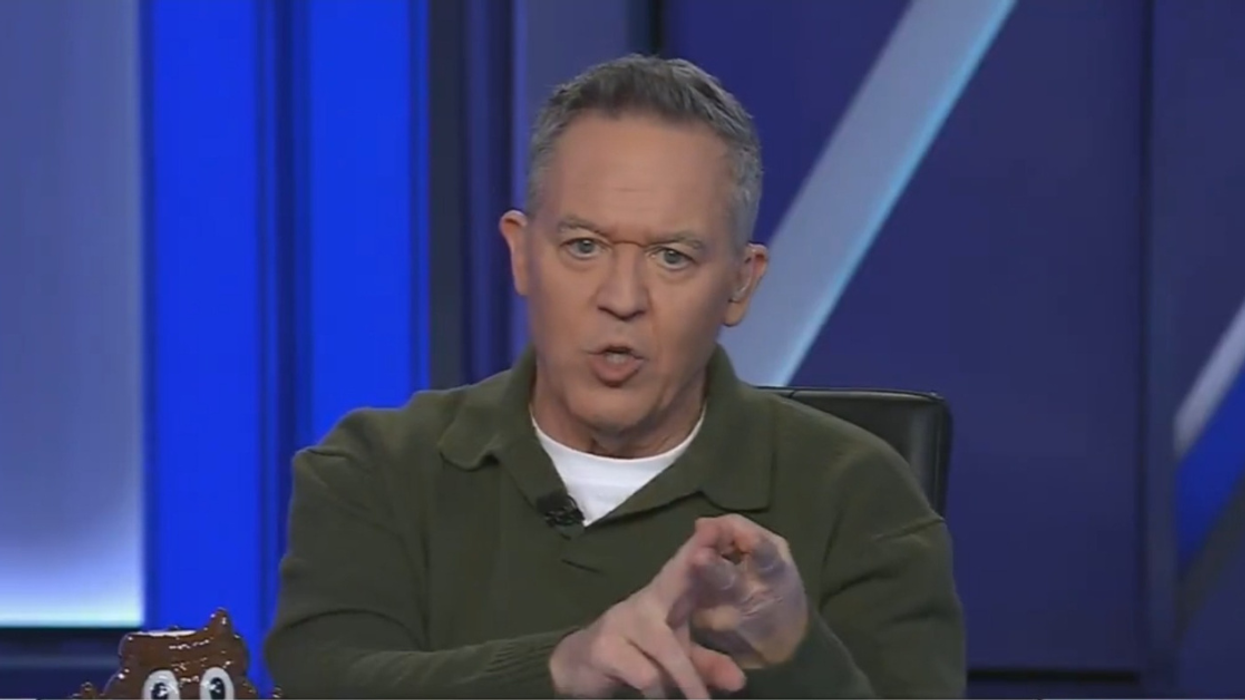
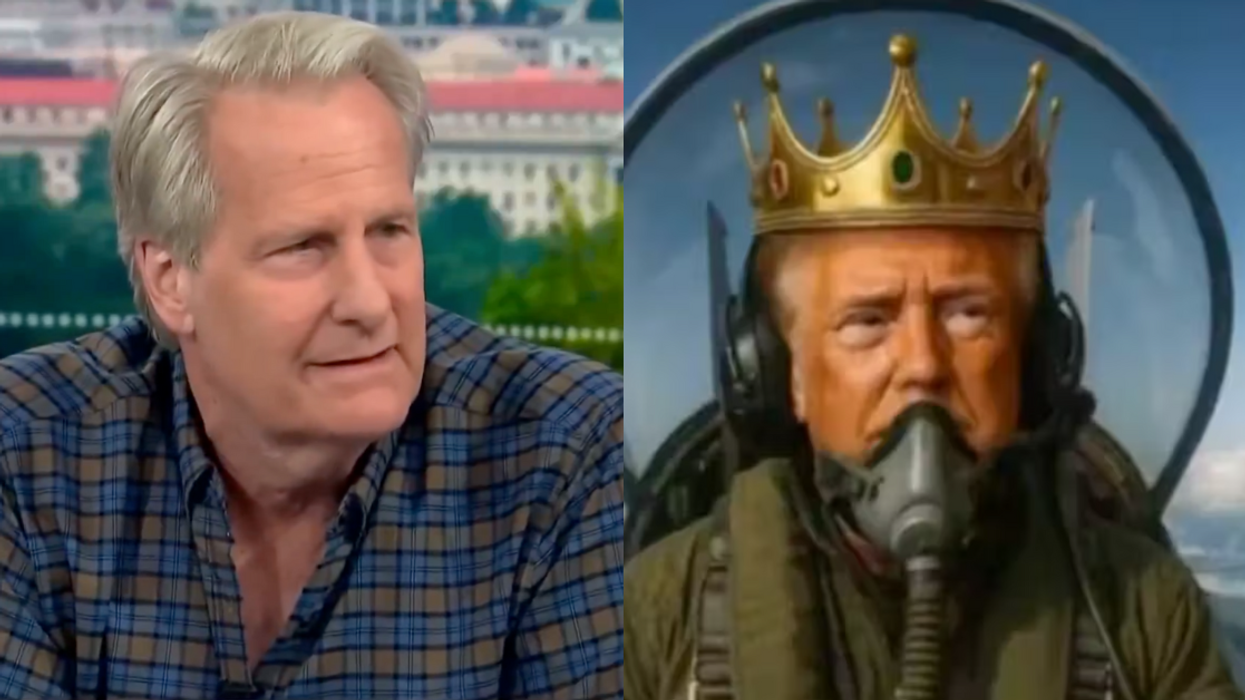

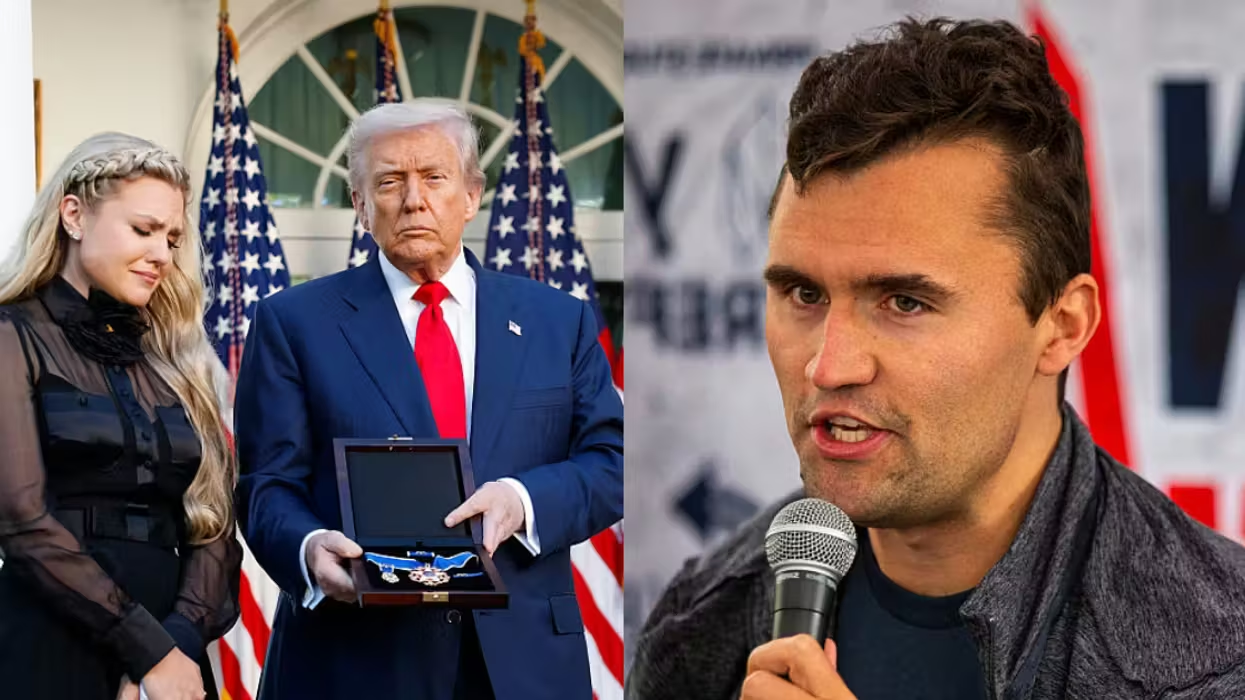
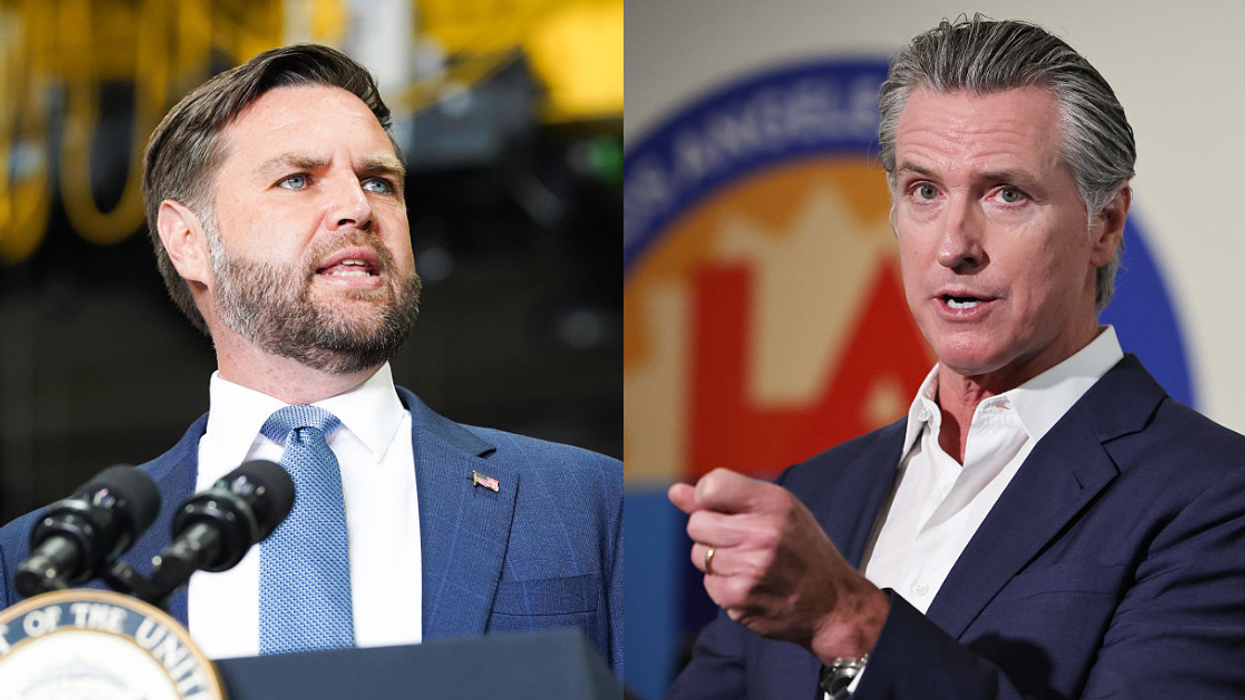
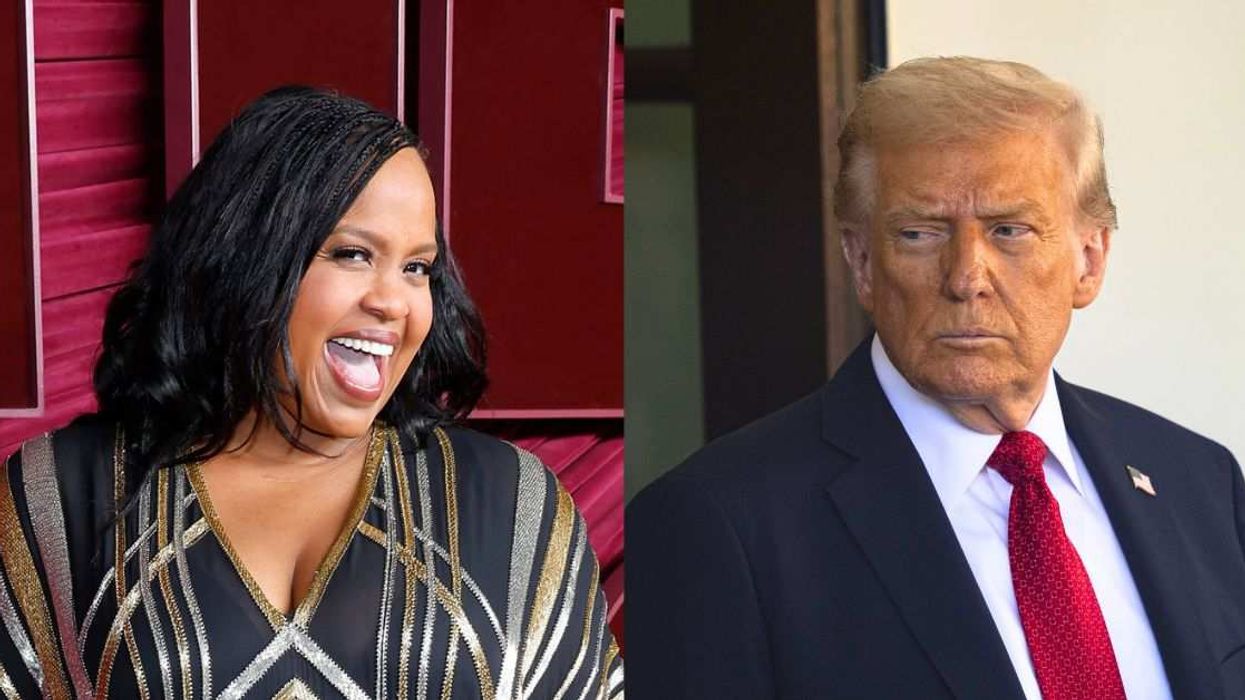

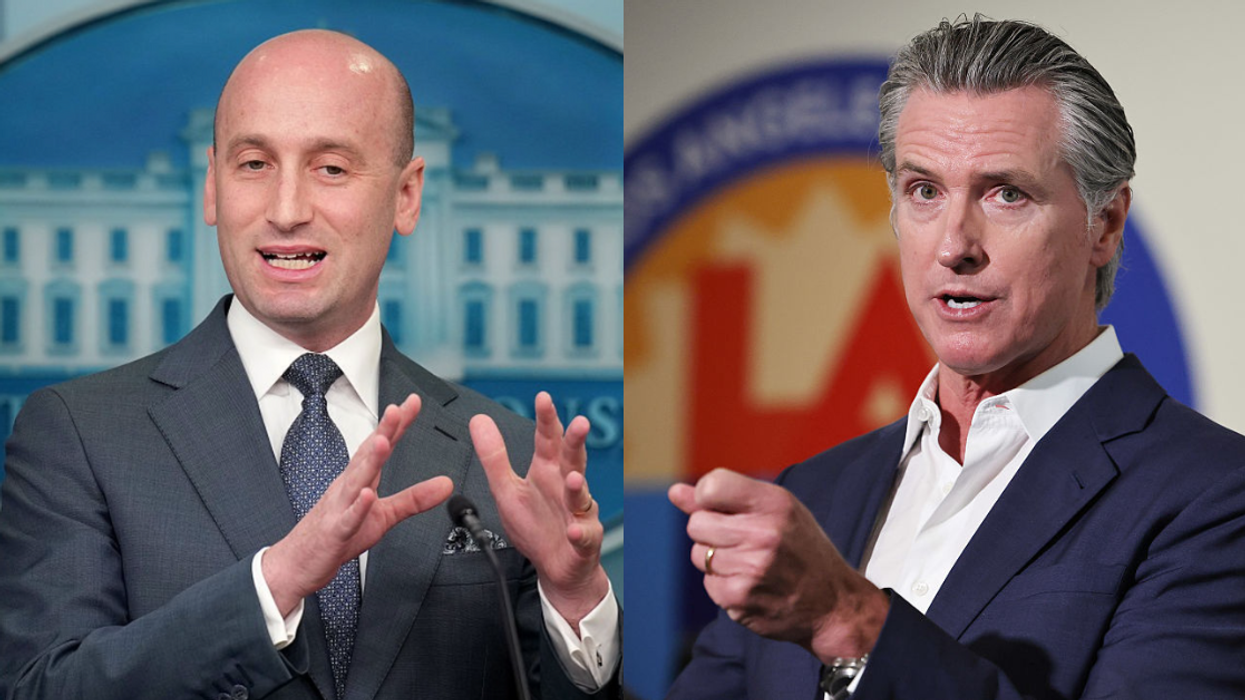


 Be Kind Kindness GIF by The Cool To Be Kind Project
Be Kind Kindness GIF by The Cool To Be Kind Project  Dog Thank You GIF by MOODMAN
Dog Thank You GIF by MOODMAN  Always Sunny Shut Up GIF
Always Sunny Shut Up GIF  Go Away Reaction GIF by MOODMAN
Go Away Reaction GIF by MOODMAN 
 illustration jeremy sengly GIF
illustration jeremy sengly GIF  Pass It On Falling In Love GIF by Barbara Pozzi
Pass It On Falling In Love GIF by Barbara Pozzi 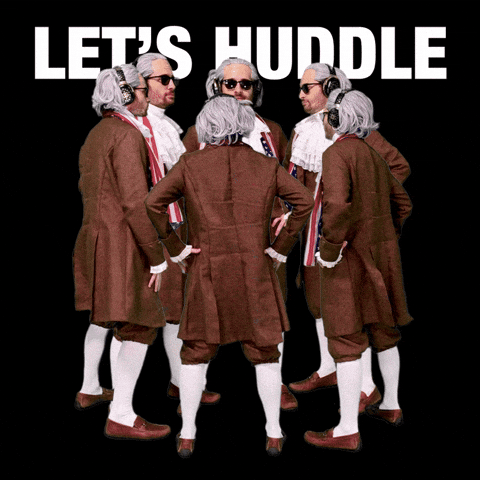 Huddle Regroup GIF
Huddle Regroup GIF  Outer Space GIF by BBC
Outer Space GIF by BBC 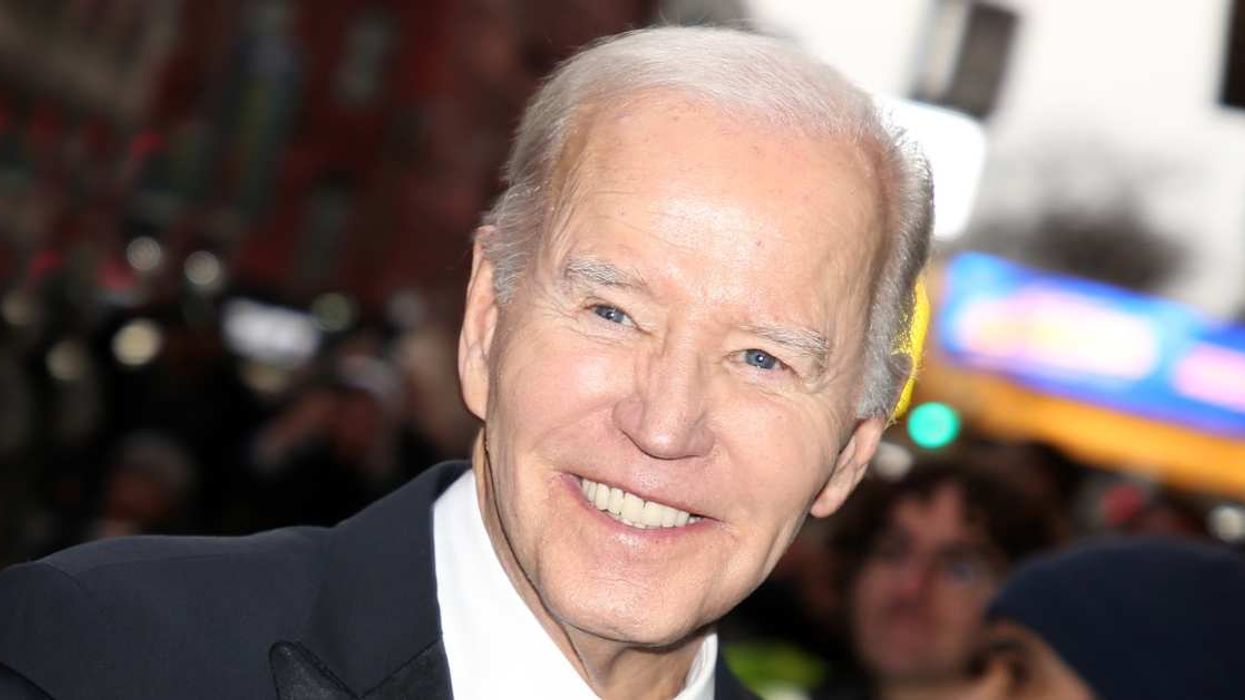
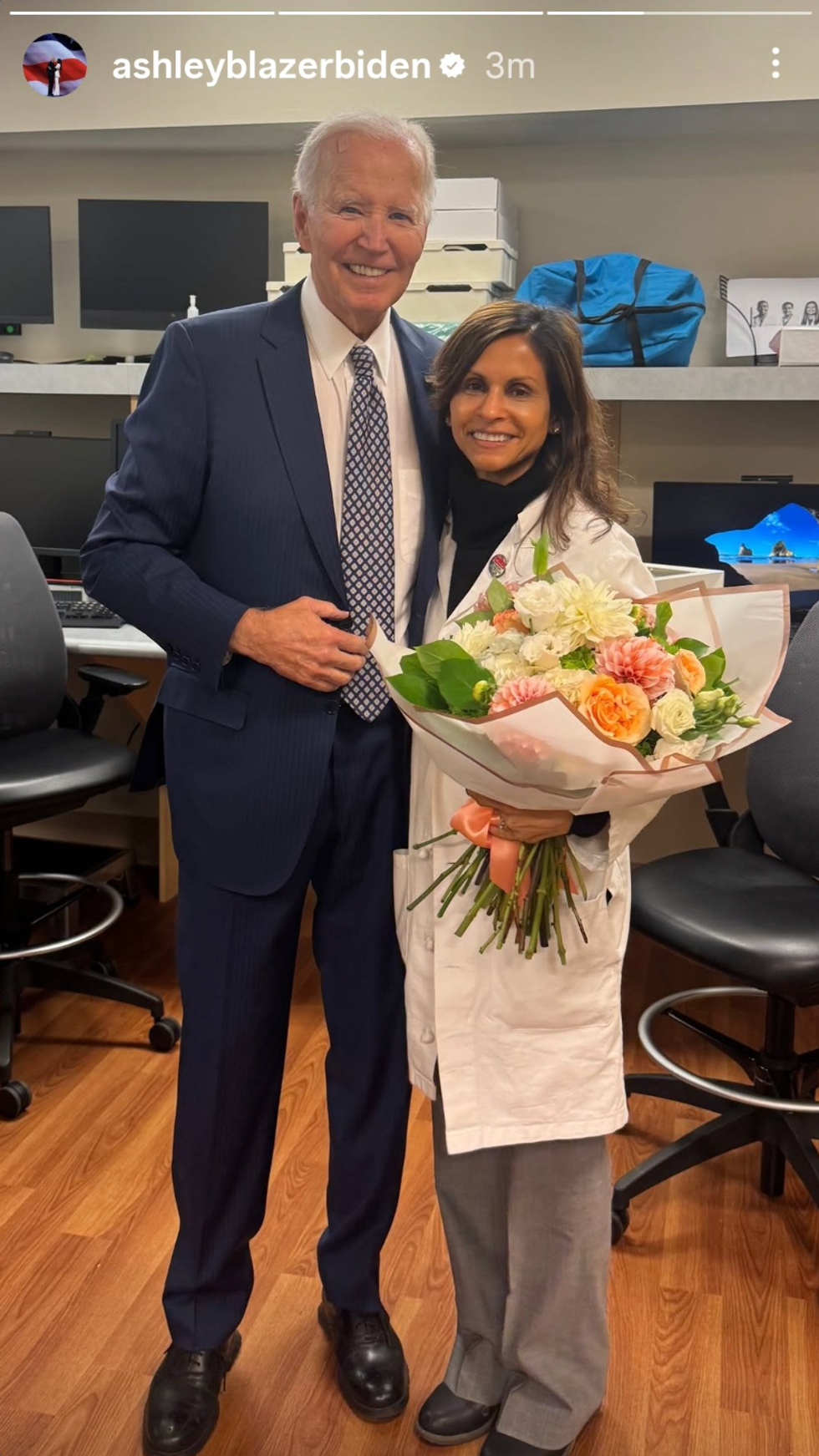 @ashleyblazerbiden/Instagram
@ashleyblazerbiden/Instagram